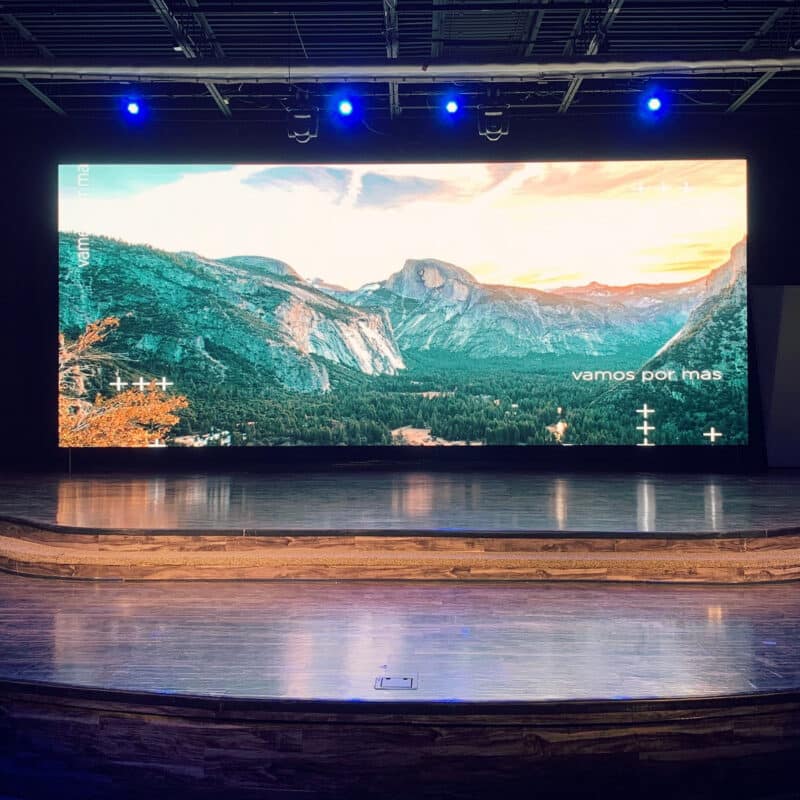Enhancing Visual Effect Through Strategic Material Scheduling in Light Emitting Diode Wall Execution
Wiki Article
Maximizing aesthetic impact during light-emitting diode screen shows demands meticulous preparation and tactical visual timing. LED walls are powerful tools in visual storytelling, often used in concerts, events, and presentations. The efficacy of these displays depends not only upon the caliber of the visuals yet additionally upon the manner plus timing they are shown. By comprehending the audience's focus span plus the rhythm of the occasion, event planners can craft a more captivating encounter that enthralls spectators plus improves the total show.
One key aspect of strategic content scheduling is timing. It is vital to synchronize the images to the beat and tempo of the show. For example, in the course of a music performance, visuals should complement the beat and mood of the music. This synchronization helps to create a cohesive encounter that pulls the viewers closer. Additionally, it is crucial to consider the duration of each visual clip. Short, striking segments can sustain viewer interest, while longer visuals may be suitable for moments of reflection or sentimental bonding. By altering the duration and intensity of the visuals, organizers can keep the viewers engaged during the performance.

Another important factor is the material in question. The images displayed on the LED wall should be relevant to the concept of the show. This pertinence helps to reinforce the narrative being communicated plus makes the experience more unforgettable for the viewers. For example, if the performance is about environmental consciousness, using images that illustrate the environment and animals can enhance the message. Furthermore, adding dynamic elements, such as animations or engaging visuals, can add excitement and keep the viewers' focus. The appropriate material, shown at the right time, can significantly elevate the impact of the performance.
Audience engagement is also a crucial factor in visual timing. Comprehending the characteristics and tastes of the viewers can inform the choice of images. For example, a younger audience may respond better to vibrant colors and fast-paced animations, while an older audience might value more subtle and sophisticated visuals. By customizing the material to the audience's interests, organizers can create a more personalized experience that resonates with viewers. Additionally, incorporating audience participation, such as live polls or social interactions, can further enhance engagement and make the performance more interactive.
Finally, evaluating the effectiveness of the content scheduling is essential for future shows. Collecting feedback from the viewers can offer insightful information into what worked successfully plus what click this over here now could be enhanced. This information can help organizers improve their approaches and take knowledgeable choices for upcoming performances. By constantly assessing and adapting the content timing approach, organizers can maximize the visual effect of LED wall performances and craft memorable encounters for their viewers.